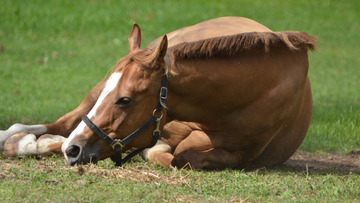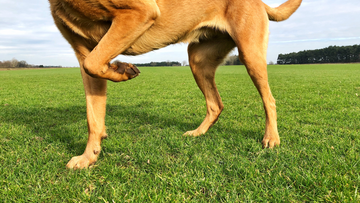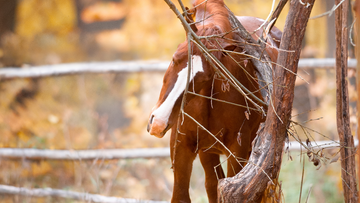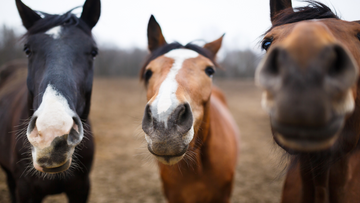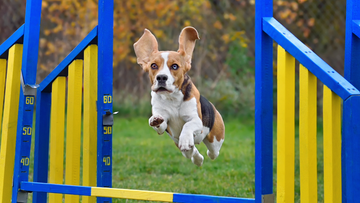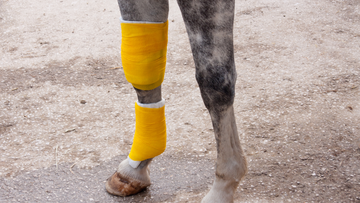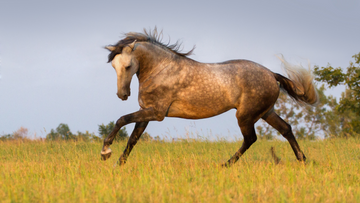Growing your own food can be one of the most empowering and convenient things. With some planning and elbow grease, bumper squash crops, tomatoes, and more can be right outside your back steps.
 Gardening with little experience can be intimidating, but there is a wealth of knowledge available for people interested in becoming a gardener!
Gardening with little experience can be intimidating, but there is a wealth of knowledge available for people interested in becoming a gardener!
Here are some tips for starting a garden as a beginner.
Location, Location, Location
- When it comes to placing your garden, make sure it’s in a place that you see or frequent regularly. It’s easy to neglect a garden that is out of sight and out of mind, leaving plants vulnerable to underwatering and disease. A convenient location also means you’ll be more likely to step outside and harvest things from your garden, including ingredients for your omelets, salads, and snacks.
- Look for sun! Sun is the magic ingredient. According to gardening company Miracle-Gro, most vegetables need six hours of sun per day. However, make sure you’re also considering the intensity and duration of the sun. For example, in the middle of summer, a garden in Texas will likely need some reprieve from the blazing sun, while a garden in a more temperate location can handle more prolonged periods of sunlight.
- Where is the water? Place your garden within reasonable reach of a water source. Few things are worse than wrestling with a long, unwieldy hose, so save yourself the headache and shoot for less than 20 feet from the spigot to the garden. You may have to set up a small irrigation system, sprinkler timers, and more to ensure your garden is getting the hydration it needs to grow. If you think your garden may need water, press your finger into the soil. If the earth is dry approximately one inch down, it’s time for some watering.
Ground Is Gold
- Your soil will make or break your garden. If the soil doesn’t drain well, plants are at risk of becoming waterlogged. Too rich, and the young plants will be scalded and die. If that wasn’t enough, soil with too few nutrients will struggle to sustain plants. Try to cultivate the ground with a sandy loam texture, and add organic matter such as composted manure as needed.
- Top off your garden with leaves, straw, or mulch. This will limit the number of weeds that successfully root in the garden. The ground cover will also keep moisture in.
Pick Your Plants
- Plant picking is one of the most exciting parts of planning a garden. Take into account the location of your garden and the characteristics of the plants you’re growing when plant planning. For example, vegetables such as squash and zucchinis need room to spread out, while tomatoes and green beans like to head upwards. Delicate lettuce varieties can’t have too much sun, while peppers want all the sun they can get. Research the plant varieties you’re interested in and bring questions to your local Agricultural Extension Services. Find your extension service here.
- Only grow things you’re interested in eating. This seems like a no-brainer, but it can be easy to get carried away when looking at garden options. Instead, pick vegetables you already enjoy – and can freeze, jar, and preserve in other ways in case you end up with way too many.
- Decide if you’re going with small plants or seeds. Both options have their pros and cons. Small plants cost more but have a higher survival rate, while seeds are inexpensive and take longer to develop. If a vegetable struggles to grow in your area, it may be worth trying a plant that is already started. Remember, you can also start seeds yourself indoors.
Time It Right
- Like many things in life, gardening is all about timing things right. To plan your garden timing, first identify your zone. Zones are determined by the USDA (United States Department of Agriculture) and are based on the climate. The lower the zone number, the colder the climate and the higher the number, the warmer the climate. These numbers are important because some plants can’t survive in colder Northern temperatures.
- Study your frost dates. Unsurprisingly, most young plants can’t survive below-freezing temperatures. So check out the frost dates for your area, and don’t plant your seeds or young plants until the date has passed. Also, be sure to check the extended weather forecast to see if an unusual winter storm is brewing.
- Stagger your plantings. Heat permitting, stagger the number of seeds you plant. Better to have some squash every week than four bushels of squash all at once.
With some careful planning and good old-fashioned hard work, gardening is obtainable for many people! Use the resources available to you for the best start possible to your gardening endeavors.






